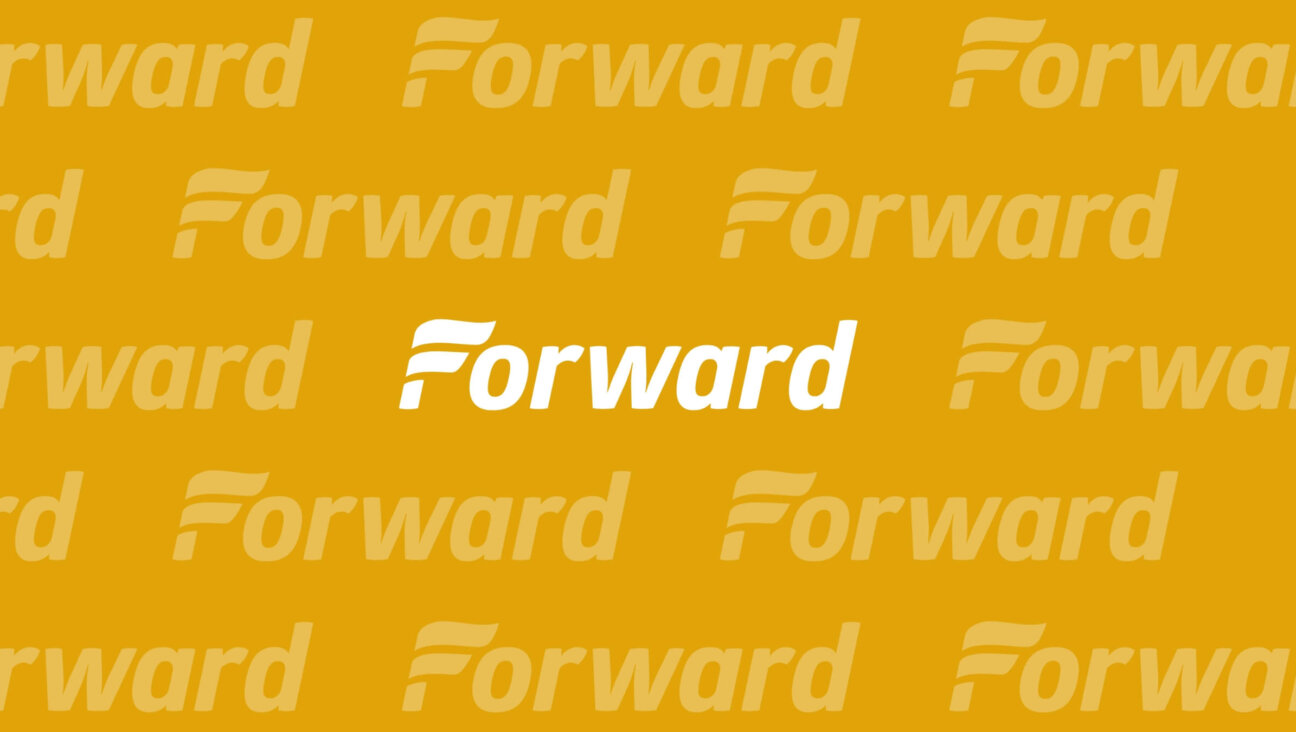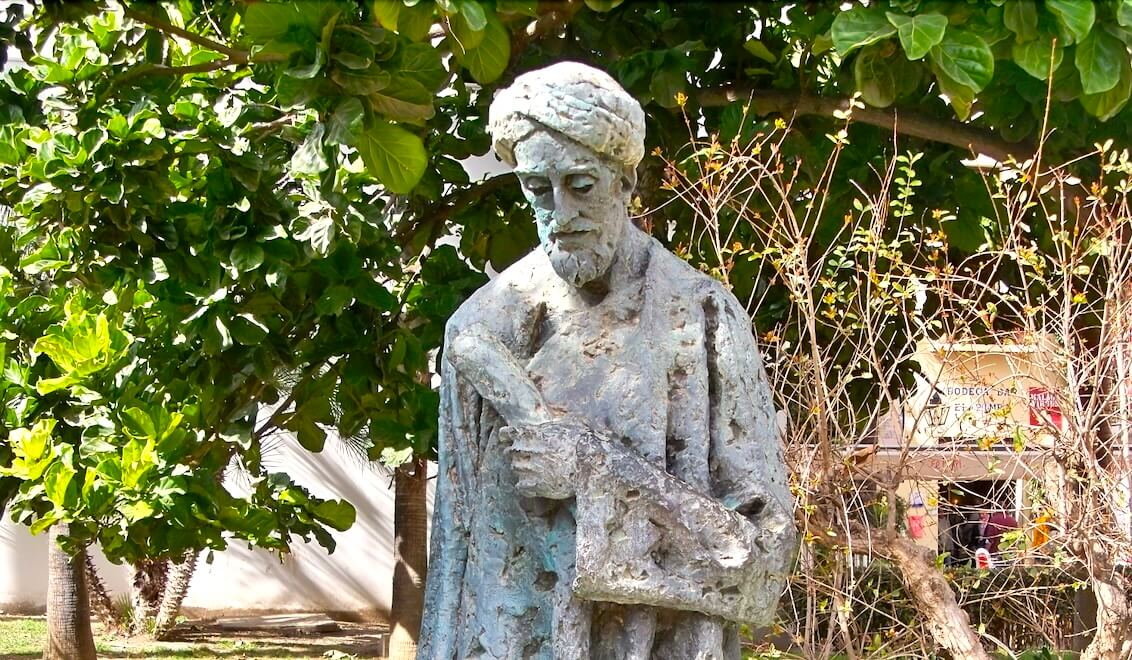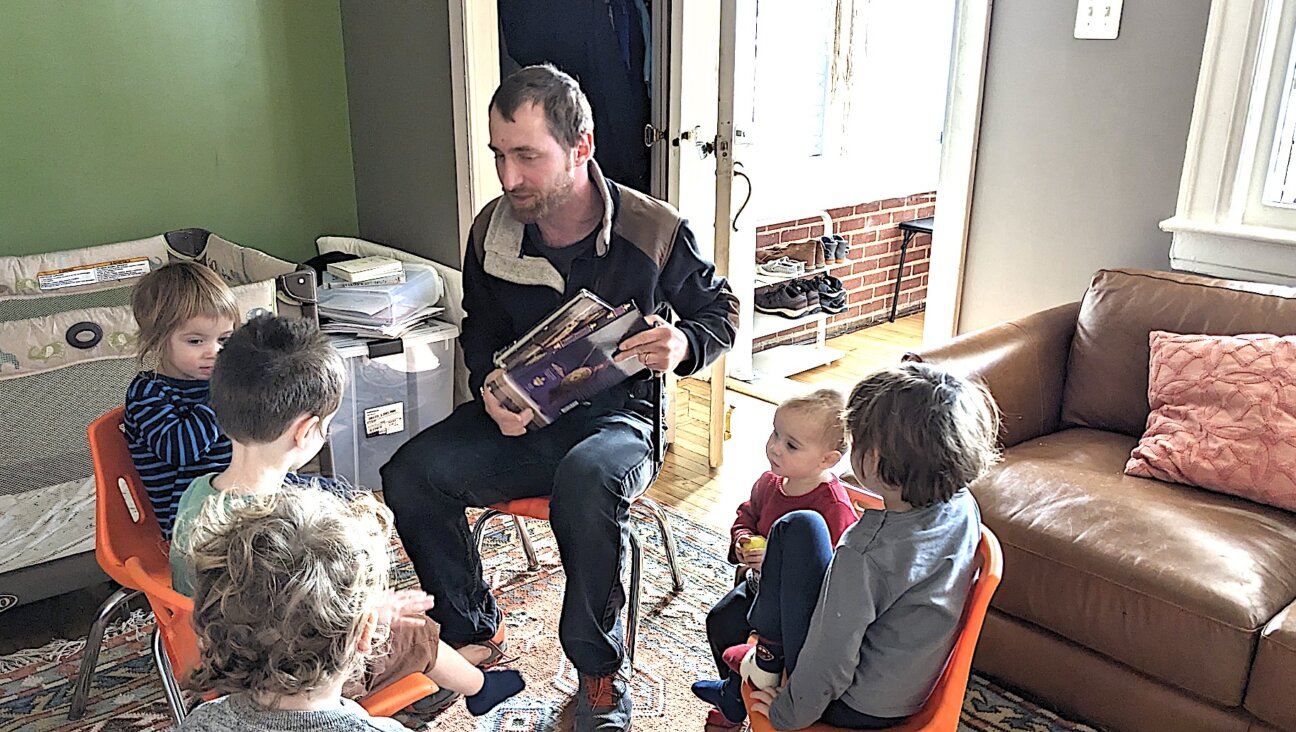Chasing Challah in Mumbai

Sinhora Sassoon Phansapurkar works for the American Jewish Joint Distribution Committee in Mumbai and oversees its challah-baking program. Image by Shulie Madnick

The Bene Israel Jews in India are no strangers to challah, but the majority of the community in Mumbai still carries on the tradition and blessing on Friday nights over an Indian flat bread. Image by Shulie Madnick
It was the break of dawn on a Thursday, as the monsoon waned in late October, that we descended from the skies over the slum rooftops and landed at Chhatrapati Shivaji International Airport in Mumbai. My travel companion and I were then whisked off by our lovely Indian Jewish tour guide, Hanna Shapurkar, to Om Creations.
Om Creations is a nonprofit center where Down syndrome and autistic adults are taught arts and crafts and some culinary skills. The crafts and food are in turn sold as a means of support and income for the participants.
While still back home in the United States, planning my Jewish-Indian heritage discovery trip to India — my first trip to my parents’ homeland — little did I know that I would be visiting Om Creations. What sparked my interest was an inconspicuous mention in an email correspondence from Elijah Jacob, India executive director of the American Jewish Joint Distribution Committee (JDC), about delivering challahs to the Indian-Jewish community in Mumbai. I was so intrigued, that chasing challahs became the end-all and be-all of my trip to India.
Related
Kimberly Deunas, whose family runs Solomon’s Bakery in Laguna Hills, California, was on JDC’s Entwine fellowship to India. She brought and taught her family’s challah recipe, which catapulted a challah-baking collaboration between Om Creations and JDC India. It’s been going on for two years now. The challahs are baked at Om Creations on Thursdays and delivered on Fridays by the JDC to a modest number of Indian-Jewish households (about a dozen) who order them in advance. The proceeds from the sales then go back to Om Creations.
At Om Creations, we were greeted by Sinhora Sassoon Phansapurkar, a JDC employee who oversees and coordinates the challah-baking program. She is a jolly woman who epitomizes the spirit of the small yet thriving Jewish-Indian community in Mumbai.

Sinhora Sassoon Phansapurkar (right) works for the American Jewish Joint Distribution Committee in Mumbai and oversees its challah-baking program. Image by Shulie Madnick
Although we had a packed schedule on our first day, we waited, and then waited some more, for the dough to rise. While waiting, I clicked away on my camera and explored the arts and crafts being painted and decorated, to be sold for the Hindu festival Navratri, which literally translates to nine nights, that fell around the Jewish High Holidays.
Phansapurkar, a Bene Israel Indian Jew, portioned a small piece of the heaping mound of leavened dough, blessed over it, wrapped it in foil and let it burn in the pre-heated high temperature oven. I had to come all the way to India, of all places, to be reminded of the Biblical mitzvah of “Hafrashat Challah” to be fulfilled by Jewish women (as opposed to men). The portioning of a small piece of dough from the challah was practiced during the times of the First and Second Temples. That portion of the challah was given to the Cohanim to eat as they did the holy work, and not daily menial chores. Since the destruction of the Second Temple, that portion of the dough is burnt.
There are three distinct Indian-Jewish communities: the Bene Israel (the Sons of Israel), which is the oldest (about 2,000 year old) and largest; the Cochin Jews of Kerala and the Baghdadi Jews, who are more recent (18th-Century) arrivals to India. Two smaller Indian-Jewish communities, the Bene Ephraim and Bene Menashe, were discovered more recently. Approximately 60,000 Indian Jews made Aliya to Israel between the 1950s and 1960s. Today, fewer than 4,500 remain in India, mostly in Mumbai.
The Bene Israel Jews in India are no strangers to challah, but the majority of the community in Mumbai still carries on the tradition and blessing on Friday nights over a chapati or a puri (an Indian flat bread or fried bread), as their ancestors did for generations before them. In Israel, the Bene Israel, similar to all Jewish households in the Holy Land, bless over challah for Shabbat dinners. In Israel growing up, challah was followed by an Indian Shabbat meal, a tradition that I continue today in America.
“The Iraqi (Baghdadi Indian) Jews used to pray on Khibis, (Iraqi flat bread),” according to Solomon F. Sopher, chairman and managing trustee of Sir Jacob Sassoon & Allied Trusts. The Sir Jacob Sassoon Charities, the Keneseth Eliyahoo Synagogue, the Magen David Synagogue in Mumbai and the Ohel David Synagogue in Pune are looked after by Mr. Sopher, the website states.

Challahs is baked on Thursdays at Om Creations and delivered on Fridays to about a dozen Indian-Jewish households. Image by Shulie Madnick
The Sassoons, now dispersed in Australia, England and elsewhere in the world, were a wealthy family of merchants who left their mark on Mumbai, having contributed to the development of docks, libraries, hospitals and schools. When they come to visit Mumbai to attend to their affairs, their visit is shrouded with mystery; no ceremonial pomp and circumstance, according to a reliable local source. Curious, given that Knesset Eliyahoo Baghdadi Synagogue in Colaba, approximately one kilometer from the Gate of India, is a stage for hosting and welcoming world leaders and dignitaries.
“There were Jewish shops who made the Khibis (in Mumbai),” Sopher continued in his correspondence. To my query asking when the tradition of blessing over challah began, Sopher replied: “[It’s] a very difficult question to answer.”
Daniel David, a young Jewish Bene Israel budding tour guide, sent an invitation my way for the Eve of Rosh Hashanah dinner at Knesset Eliyahoo Baghdadi Synagogue, where his father was the cantor that evening. It was a multi-denominational crowd, with Indian Catholics sitting next to us at cloth-adorned, long picnic tables. A speech, then blessings over the significant Rosh Hashanah foods, including a cooked goat head’s bone, which is also traditional amongst the Bene Israel community in India, to signify that “we should be the head and not the tail” — Jewish New Year’s mantra.

A challah-baking collaboration between nonprofit Om Creations and JDC India has been going on for two years now. Image by Shulie Madnick
The challahs dipped in salt and blessed over with ‘Hamotzi’ were baked by “Moshe, an Iraqi Jew who has had a chain of restaurants in Mumbai,” Sopher further wrote. The food was sensational, a bold alchemy of the Levant and Maharashtra (Mumbai is the capital of the State of Maharashtra with its own unique cuisine).
“The name “hallah” was given to a bread in South Germany in the Middle Ages, when it was adopted by the Jews for the Sabbath,” writes Claudia Roden in “The Book of Jewish Foods. “John Cooper (‘Eat and Be Satisfied’) notes that the first mention of the bread was in the fifteen century, that the term was coined in Austria….The bread became the Jewish ritual bread of Germany, Austria and Bohemia and was taken to Poland, Eastern Europe and Russia when the Jews migrated east.”
Challah has a natural home at Chabad, as this Hassidic movement’s leaders were originally from Belarus, and the ritual bread emigrated with the Jewish people to the U.S., Israel and the West. Chabad House in Mumbai, also known as Nariman House, runs a pre-school and an elementary school attended by Indian-Jewish children. Every Friday, the pre-school has Kabbalat Shabbat, similar to all-Jewish pre-schools in Israel, religious and secular alike. At Kabbalat Shabbat the kids ceremoniously make blessing over the challah and wine and pray over the candles. When we dropped by Chabad, after a whirlwind Thursday spent visiting all the active synagogues in Mumbai, we were invited for Shabbat the next day. Nariman House is the Chabad House that lost its Rabbi, Rabbi Gavriel Holzberg, and his wife Rivki, in the 2008 Pakistani terrorist attacks.
The evolution of food and food history occurs due to geo-political shifts, among many other factors. I just didn’t fathom that on my personal Jewish heritage journey to Mumbai, I would witness so clearly this natural evolution of customs and traditions of this Jewish ritual food, the challah, in India.
My exploration of challah in Mumbai inspired me to develop a hybrid Indian challah with saffron, fresh curry leaf and honey — my part in the conservation and evolution of traditions.
Related
Shulamit Shaulker Madnick (Shulie Madnick) is a freelance food and Travel writer and photographer for The Washington Post, among other publications. She is an Israeli born Bene Israel Indian Jew who lives just outside Washington, D.C., where she is working on her first cookbook. Follow her food blog foodwanderings.com, on Twitter, Facebook and Instagram.
















